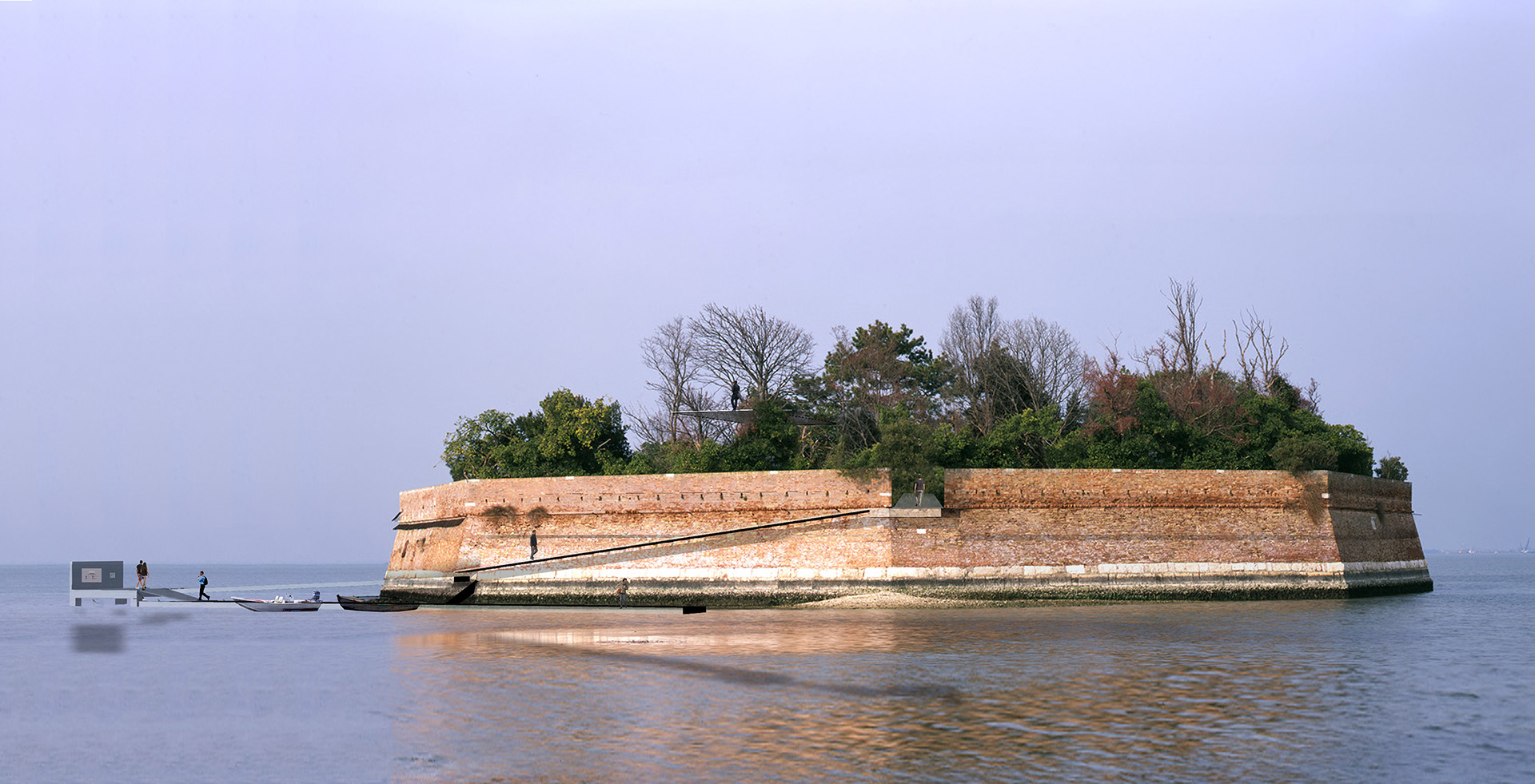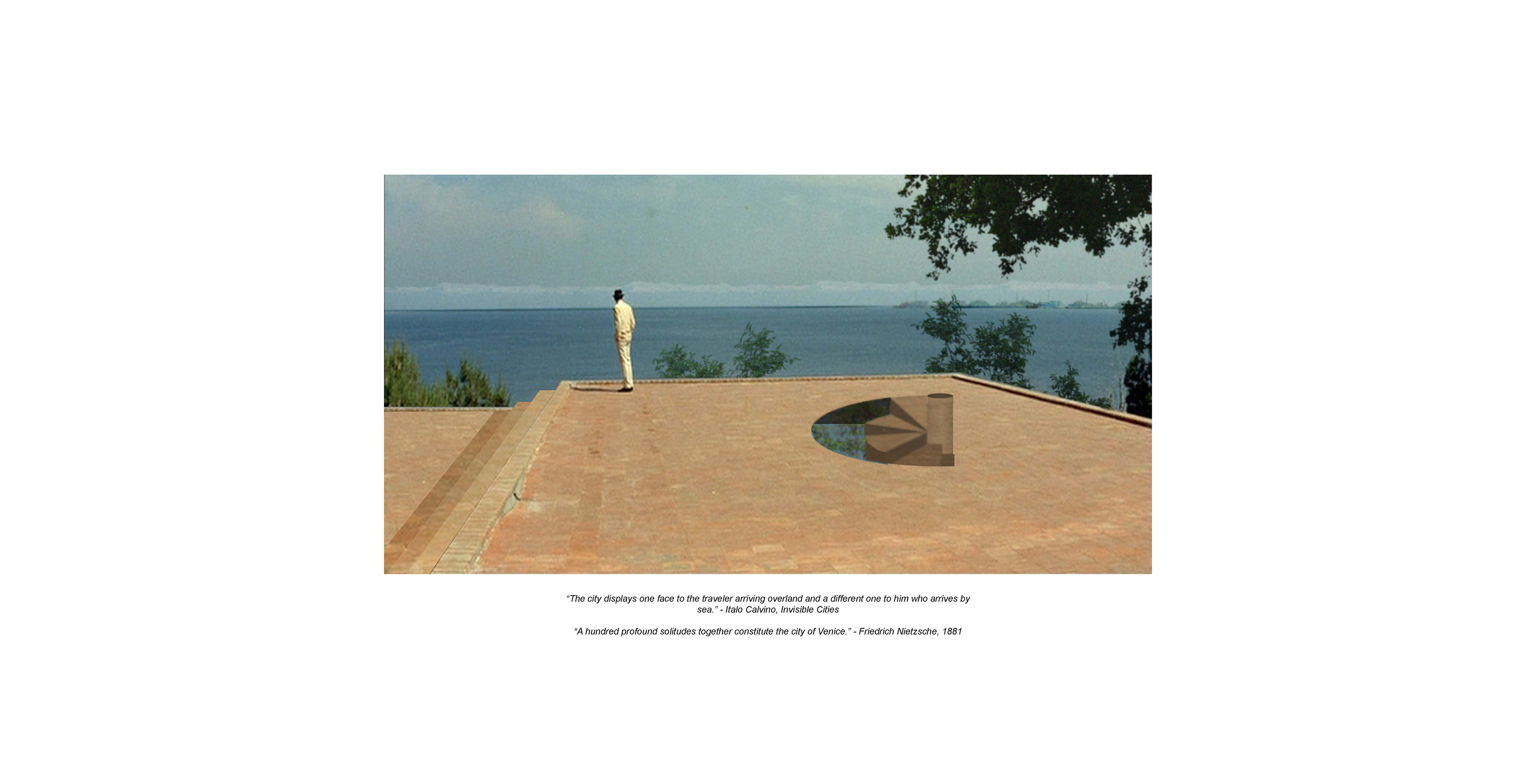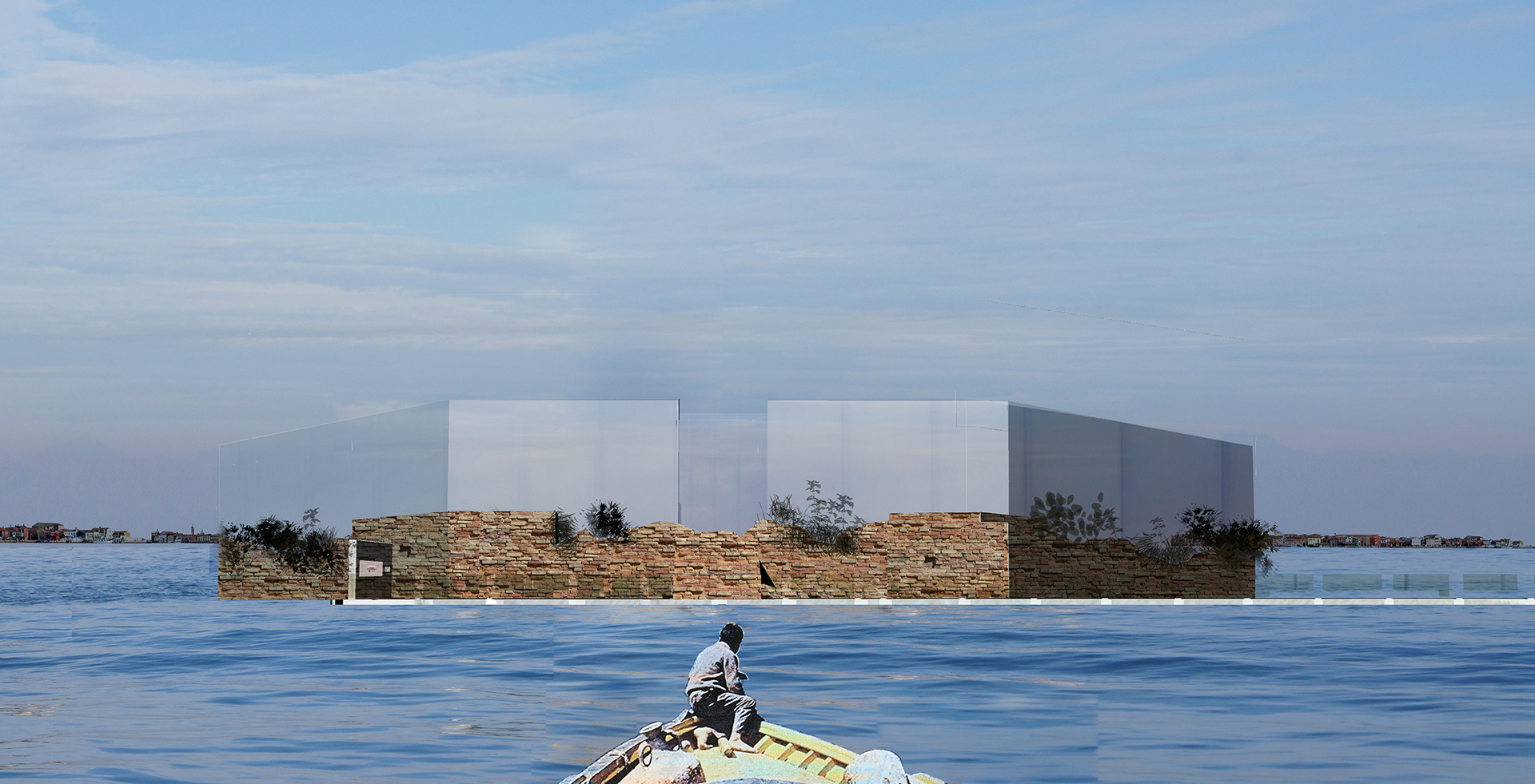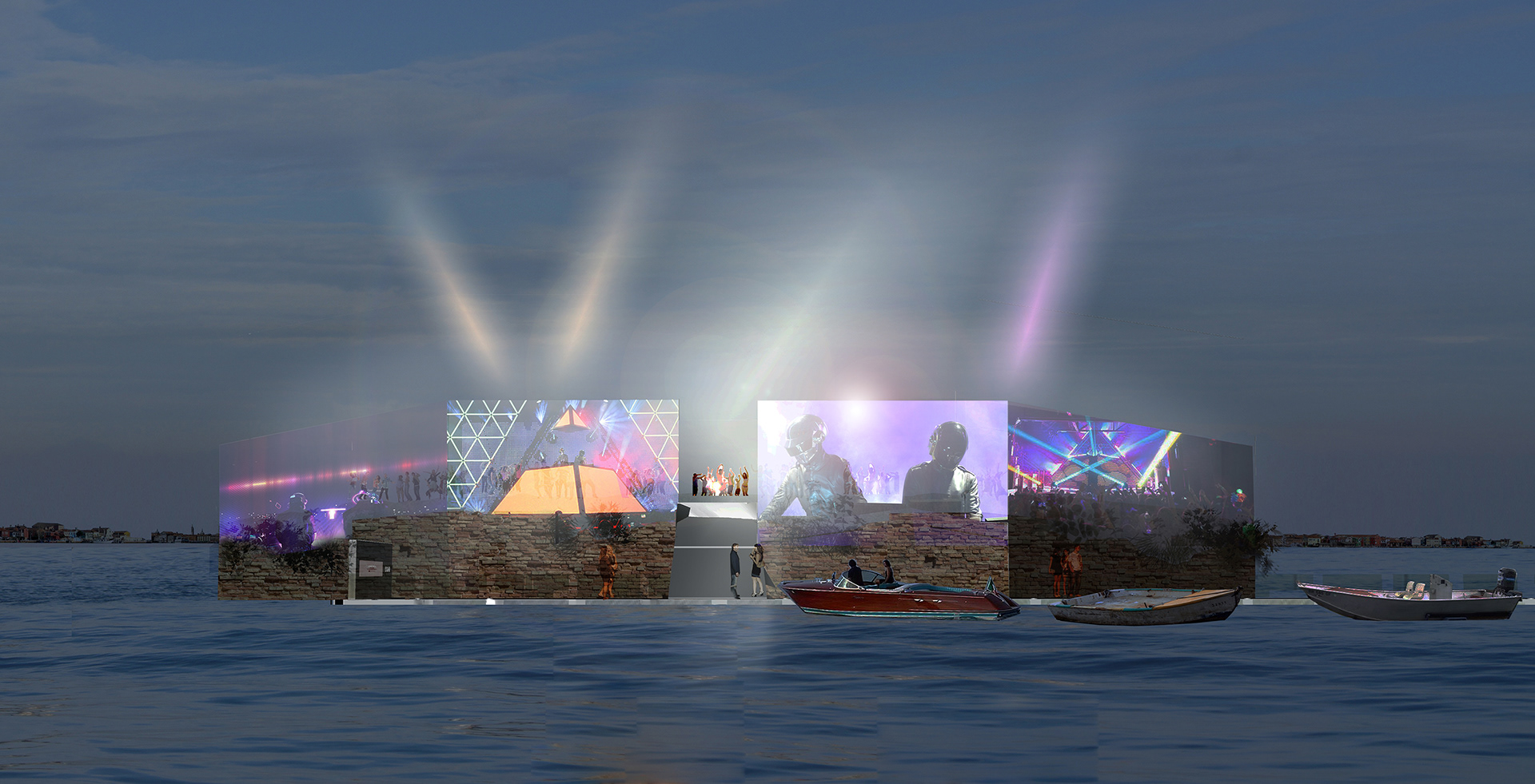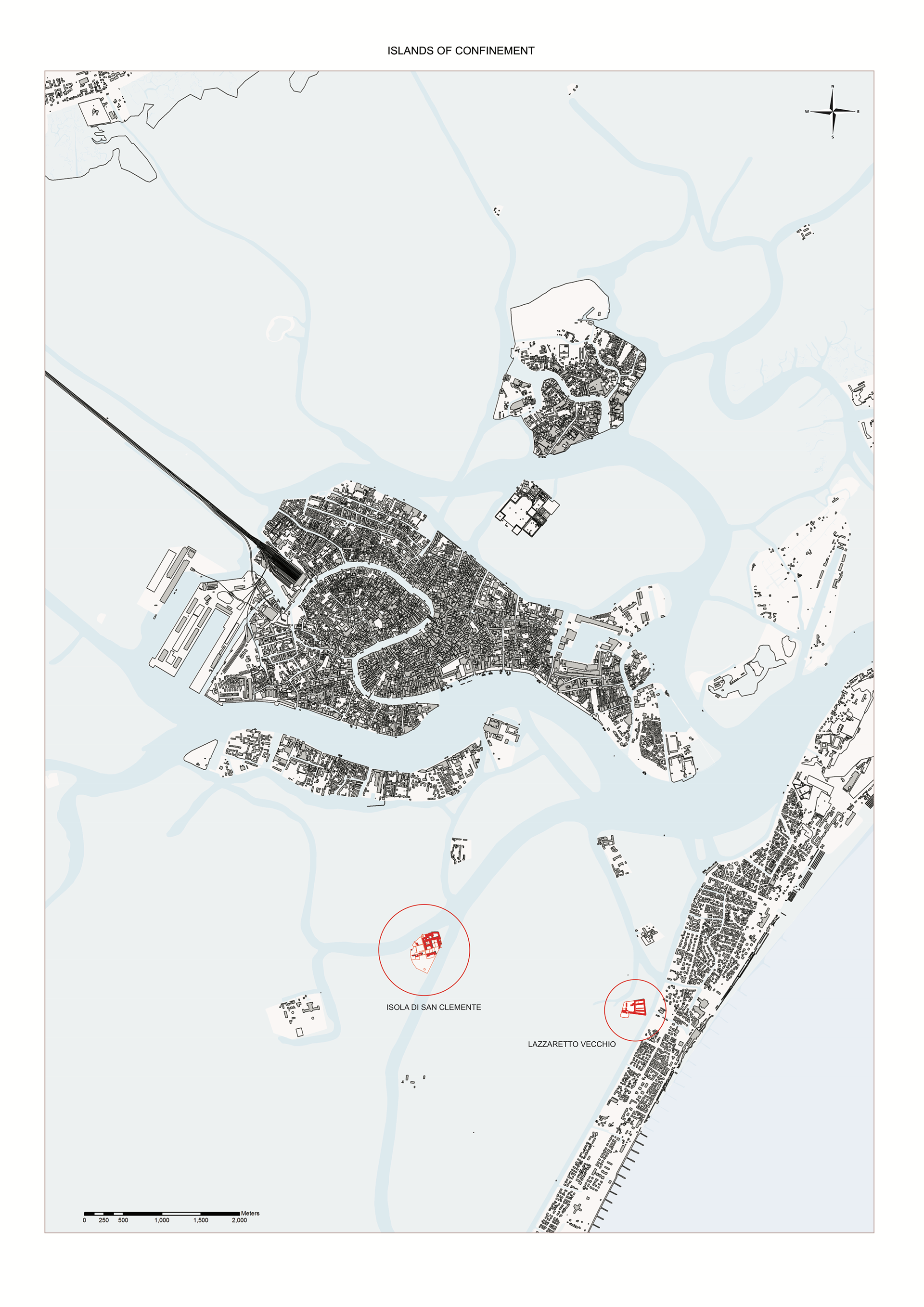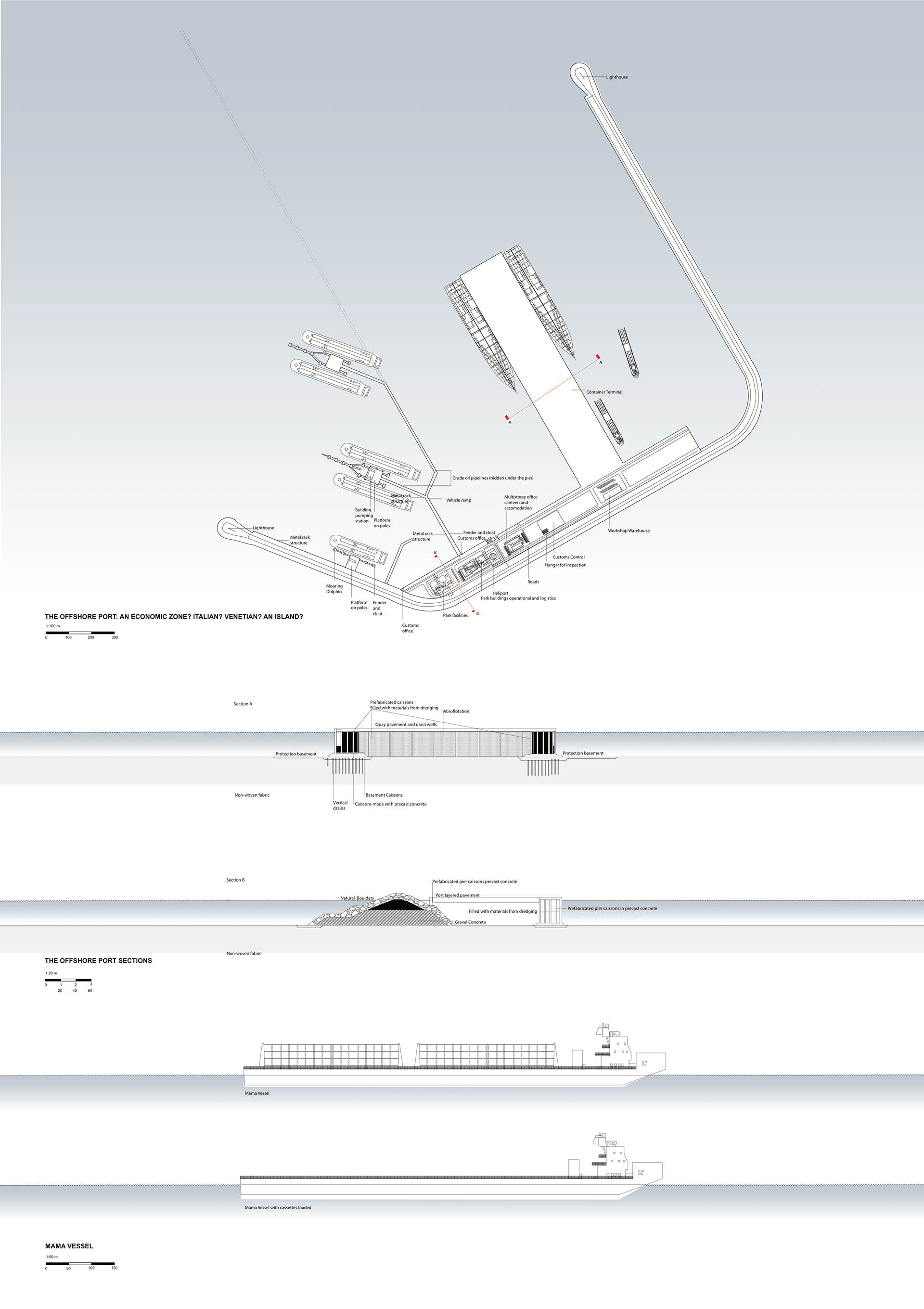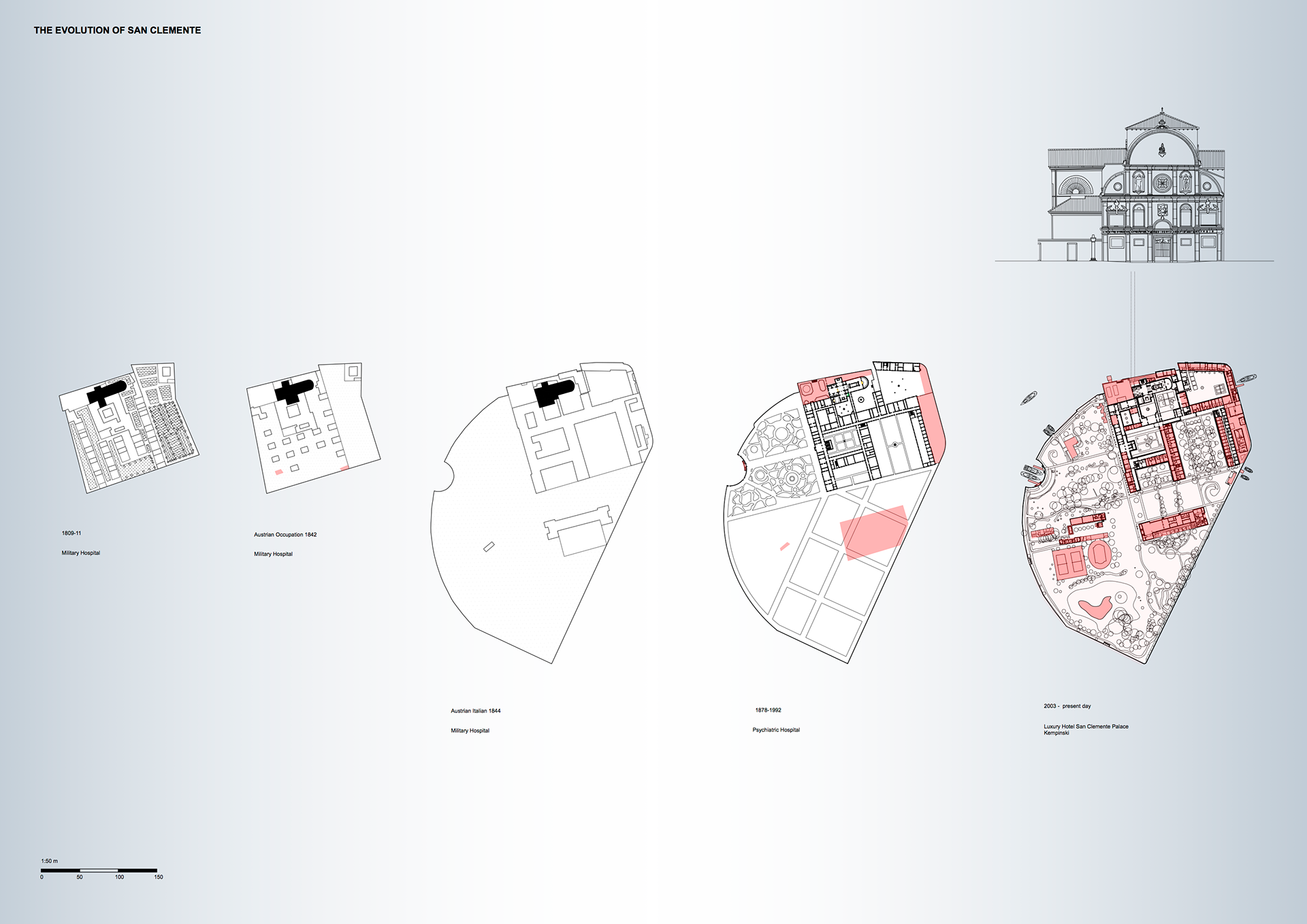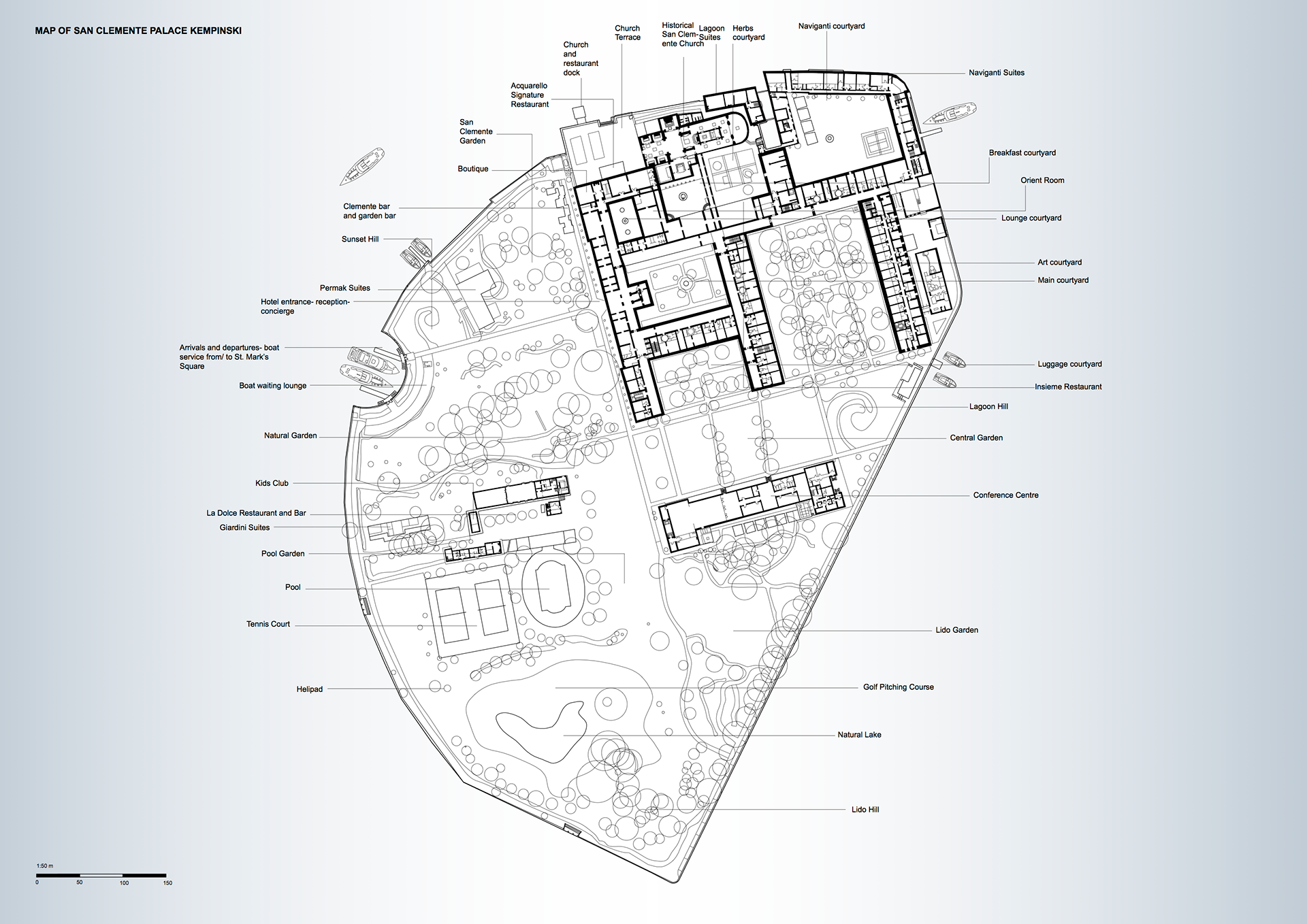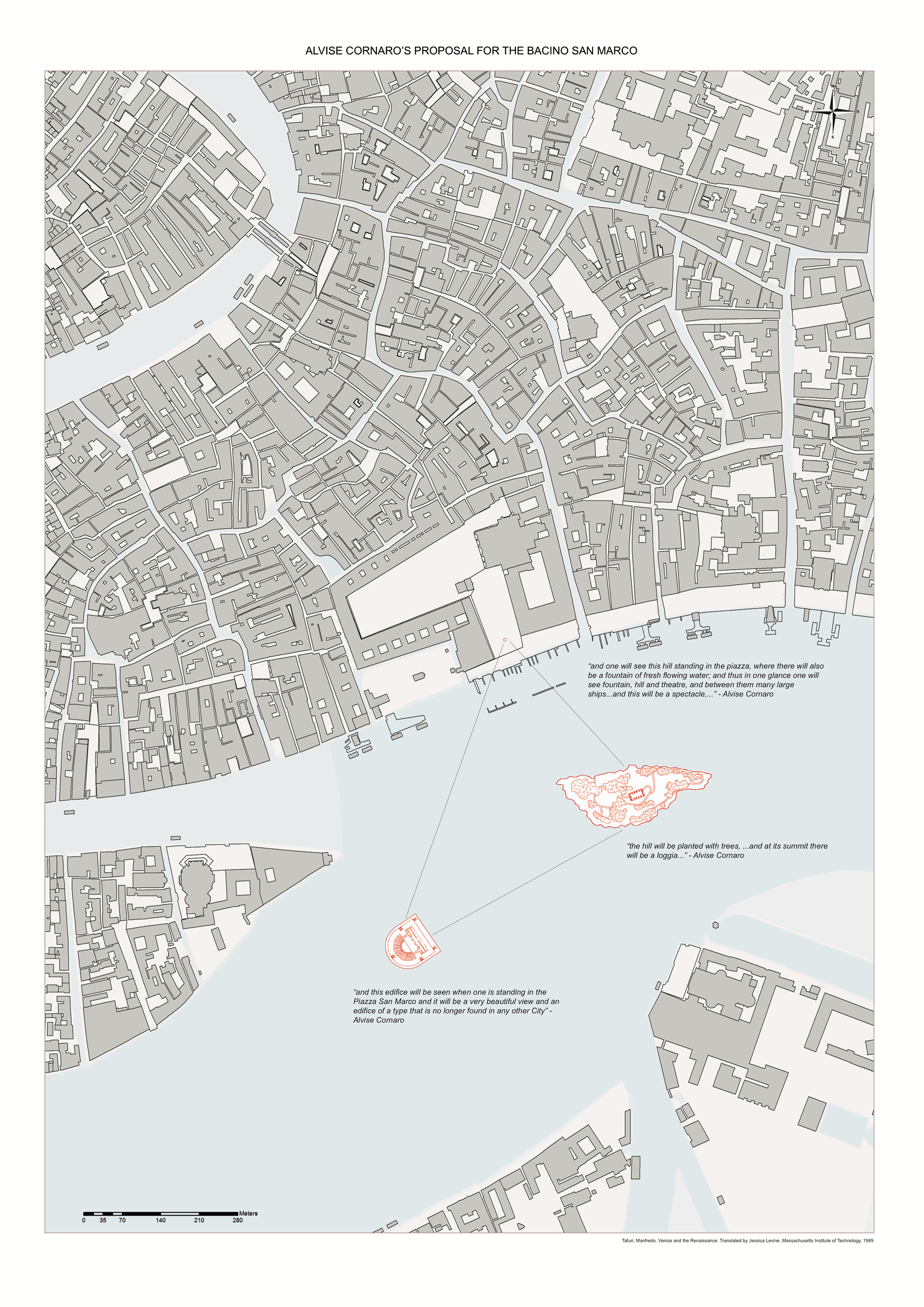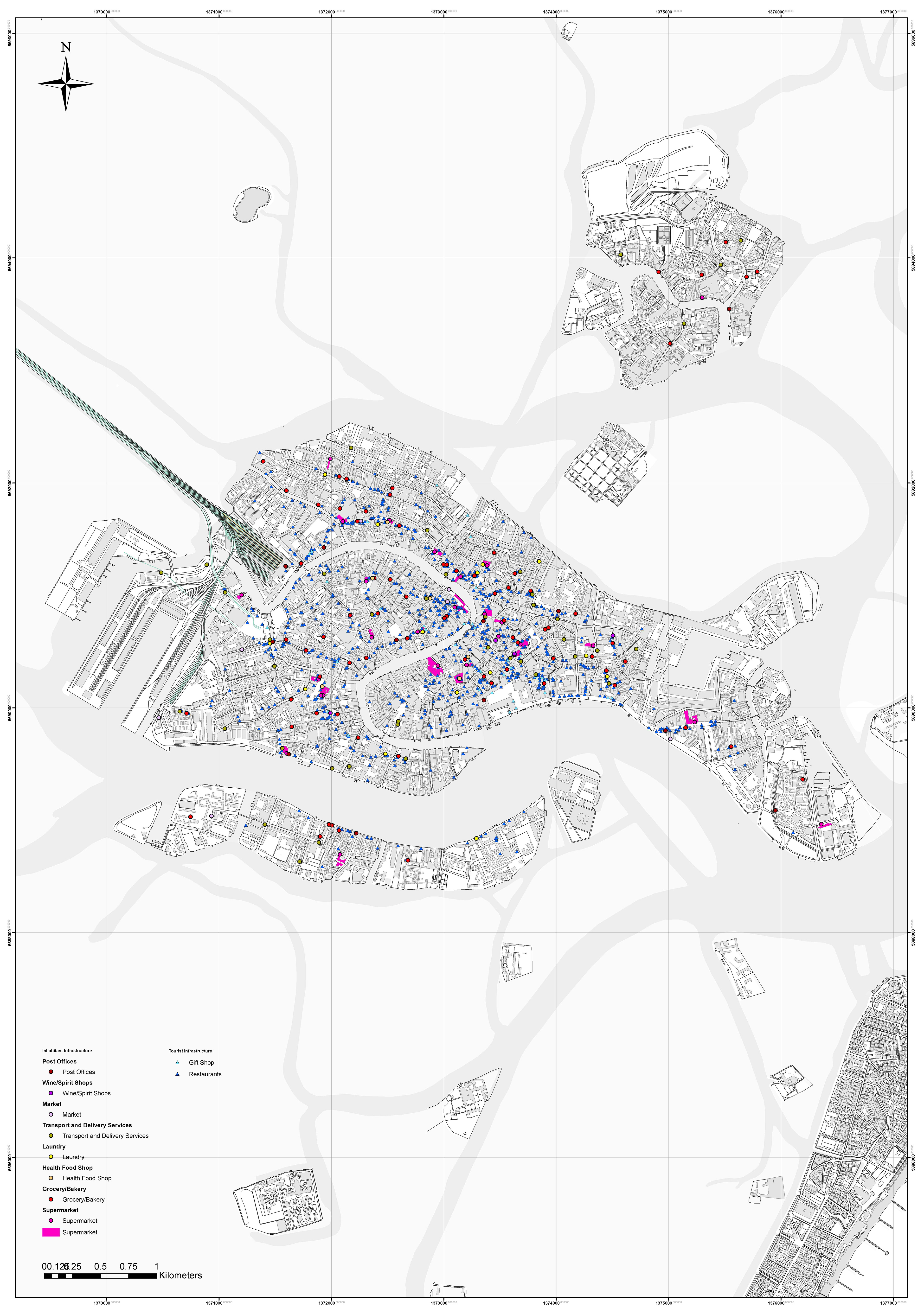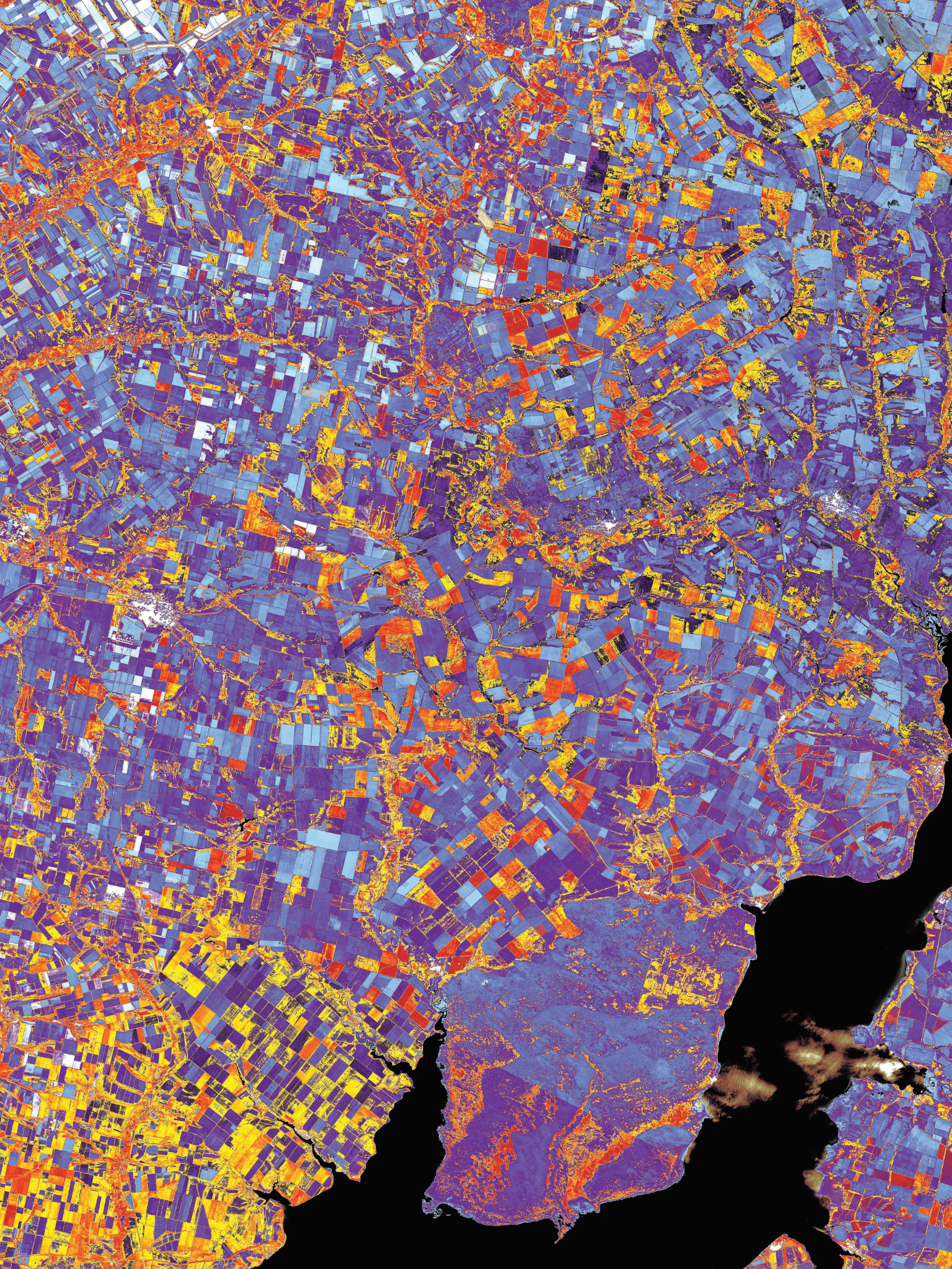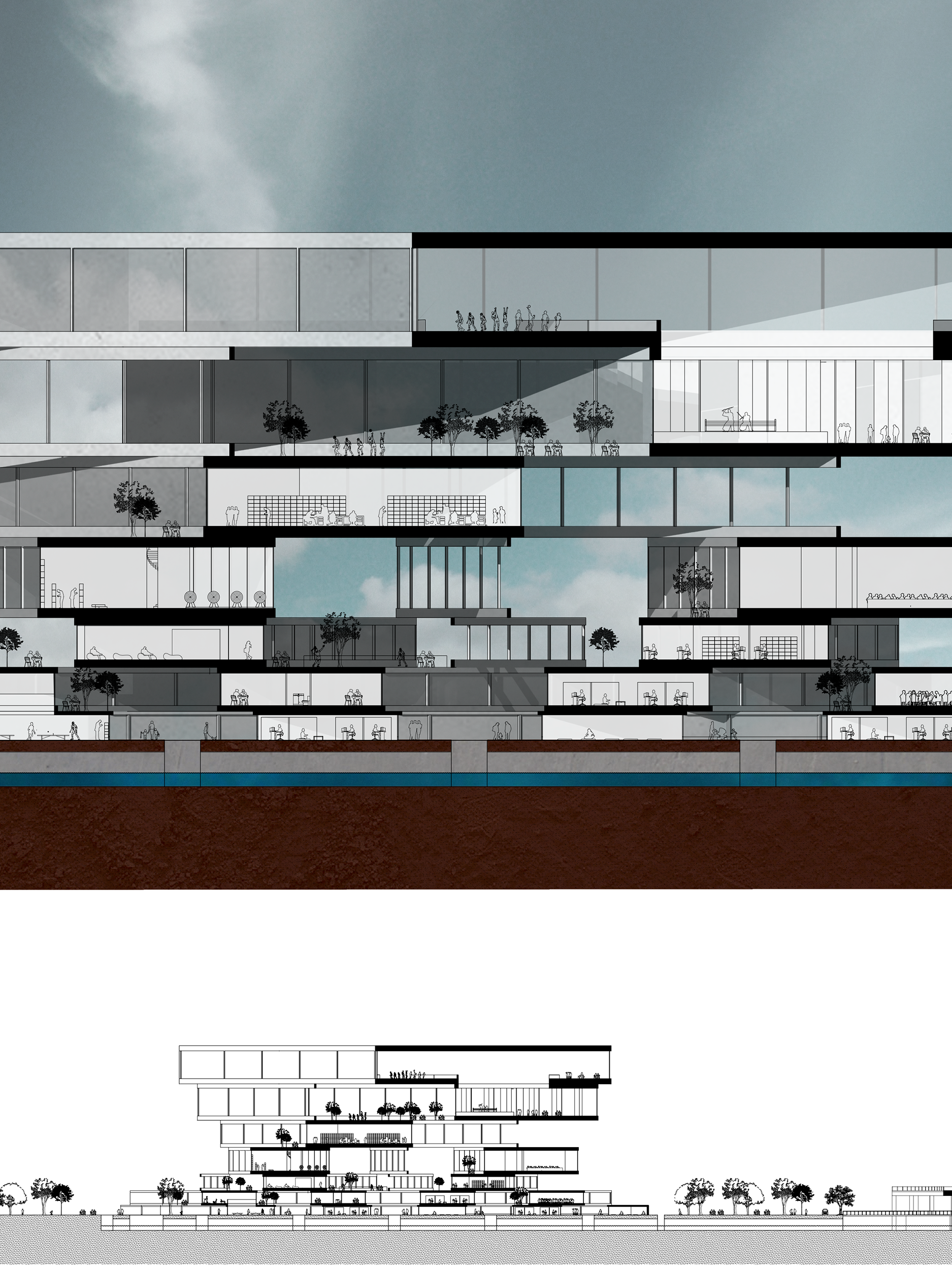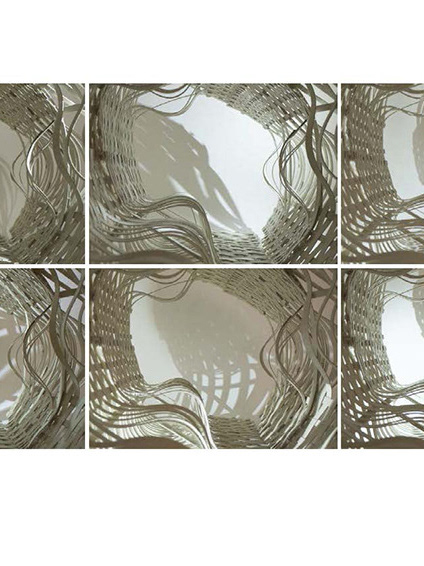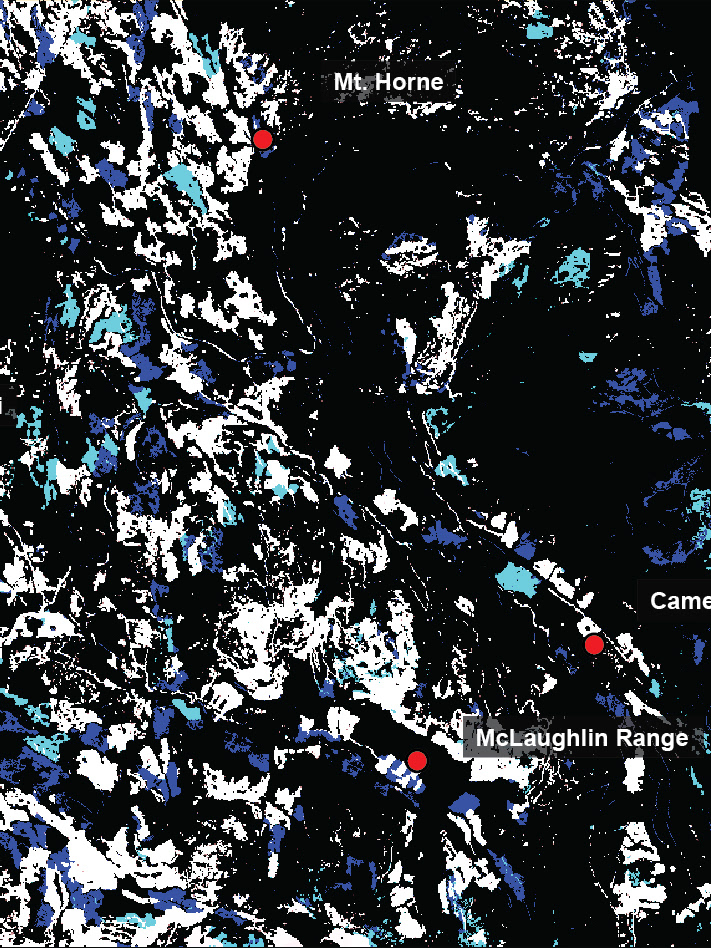The arrival of modernity in Venice instigated by the visionary Volpi, ended Venice’s insularity in the lagoon. The Ponte della Liberta/Bridge of Liberty now connects the long isolated city of Venice to the mainland. However the islands in the Venetian lagoon retain a unique/intriguing form of insularity, as they have long been spaces for specialized confinement. Historically, many islands in the lagoon have undergone various programmatic changes involving different forms of confinement/quarantine: from historical/traditional forms of quarantine like monasteries, lazarethums, warehouses for goods inspection, plague hospitals, to contemporary forms of quarantine like, psychiatric asylums, and military garrisons. In addition, the newly proposed Offshore Port is the new form of “island” in Venice, where all trade will be isolated outside the Venetian Lagoon. This intriguing condition of insularity and confinement of the islands in the Venetian Archipelago brings the notion of Zones to mind. The islands in the lagoon function like independent miniature cities within the larger city of Venice itself. Along with their isolated and extrastate conditions, can these islands be viewed as Zones themselves? Focusing on the abandoned islands in the lagoon, specifically two out of the five Ottagono fort islands, the contemporary condition of the island in Venice is questioned by the creation of two zones. The Venetian Zone is a zone of immunity from the touristic condition of Venice. Defining elements of touristic Venice today such as, luxury retailers for high-end fashion, museums, and galleries etc are not allowed. The Night Zone is a site of night allowance. As nightlife is banned within the Venetian historic city, this zone resuscitates nightlife in the city by providing a clubbing zone inviting locals and visitors. These two antithetic zones question the contemporary condition of islands in Venice and the nature of Venice’s historic city today.
